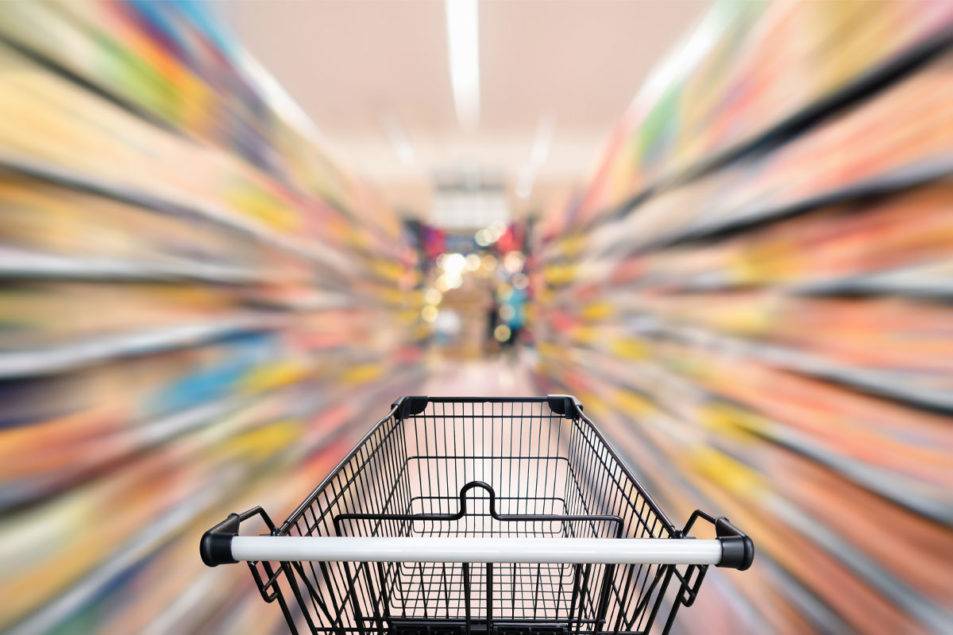Stall in sequential improvement as consumers still feel challenged
KANSAS CITY — For the food industry, the expression “sequential improvement” has emerged as a candidate for catchphrase of the year, or at least the first half of 2024. Used by executives and investment analysts to demonstrate improving financial trends, the term has been intented to show optimism about prospective results for the balance of the year.
Source: Sosland Publishing Co.
To date this year, the expression has appeared in BakingBusiness.com news articles, in quotes and otherwise, at a rate 260% greater than the average of the previous 15 years. Its popularity reflects that while sales volume figures have been persistently bad for the last several quarters, decreases at many companies had grown steadily smaller in the final quarter of 2023 and the first quarter of 2024.
Leaning into the sequential improvement trend, executives hypothesized the effects of ending emergency food assistance payments would be lapped in the later parts of 2024, and consumers would show signs of acclimating to higher prices for food products.
Optimism in the grain-based foods sector was fueled by US Department of Agriculture data showing flour production in April-June 1.9% higher than the same quarter in 2023. While up from the year before, production of 104.9 million cwts was below 2022 production and was just slightly above the average of 104.1 million cwts milled in the second quarter in the years between 2015 and 2020.
For some food and beverage sectors, second-quarter sales in several segments, particularly grain-based foods, suggest that reality is not playing out as the industry hoped. It turns out the adage “past performance is no guarantee of future results” also applies to the continuation of sequential improvement. At some point, the sequences stop improving.
Of the top 25 food and beverage categories tracked by Circana, 12 experienced sales unit volume decreases in the 13 weeks ended June 30, versus the same quarter in 2023. Another five enjoyed growth of less than 1%.
The widest decreases were sustained in chocolate candy, down 11.9%, and non-chocolate candy, down 7.9%. Among grain-based food categories, bread and rolls were down 1.5%; cookies, down 0.1%; ready-to-eat cereal, down 1.8%; crackers, down 1.8%; snack bars/granola bars and clusters, down 3.6%; and salty snacks, down 0.7%. Also losing ground during the period were numerous beverage categories, including beer, down 1.8%; wine, down 5.1%; and ready-to-drink tea and coffee, down 6%.
The quarter was not without winners. Taking volume at the expense of grain-based foods were several dairy categories, including natural cheese, up 2.2%; dairy milk (now a smaller category than natural cheese), up 0.1%; yogurt, up 5.1%; and ice cream, up 1.6%.
Consistent with these trends, the food category has widely underperformed the overall stock market so far this year. The Grain-Based Foods Index through the end of July was down 3%, versus a 17% gain for the S&P 500. Performance on a company-by-company basis was more erratic, as exemplified by ADM, down 12%; Bunge, up 11%; Flowers Foods, down 1%; General Mills, up 1.3%; Kraft Heinz, down 9%; Mondelez International, down 8%; and Grupo Bimbo, down 21%.
Halfway through the third quarter, flour milling sources have indicated flour demand is flat at best, suggesting the food industry continues to await a recovery in consumer demand.
Even as they spoke hopefully about prospects for later in the year, many companies left guidance unchanged and offered words of caution. For example, Grupo Bimbo said it was hesitant to raise guidance “mainly because the overall consumer environment in North America continues to be challenging.”
Flowers Foods’ leadership said it was comfortable with the middle of its financial guidance but also recognized the risk from “the potential impact of an uncertain economy on the consumer and promotional environment, and the transition of our California distribution.”
It is now four years since what had been generally predictable patterns in consumer consumption were disrupted. When it is that demand trends will regain the consistency that had been the norm in the past remains to be seen.


